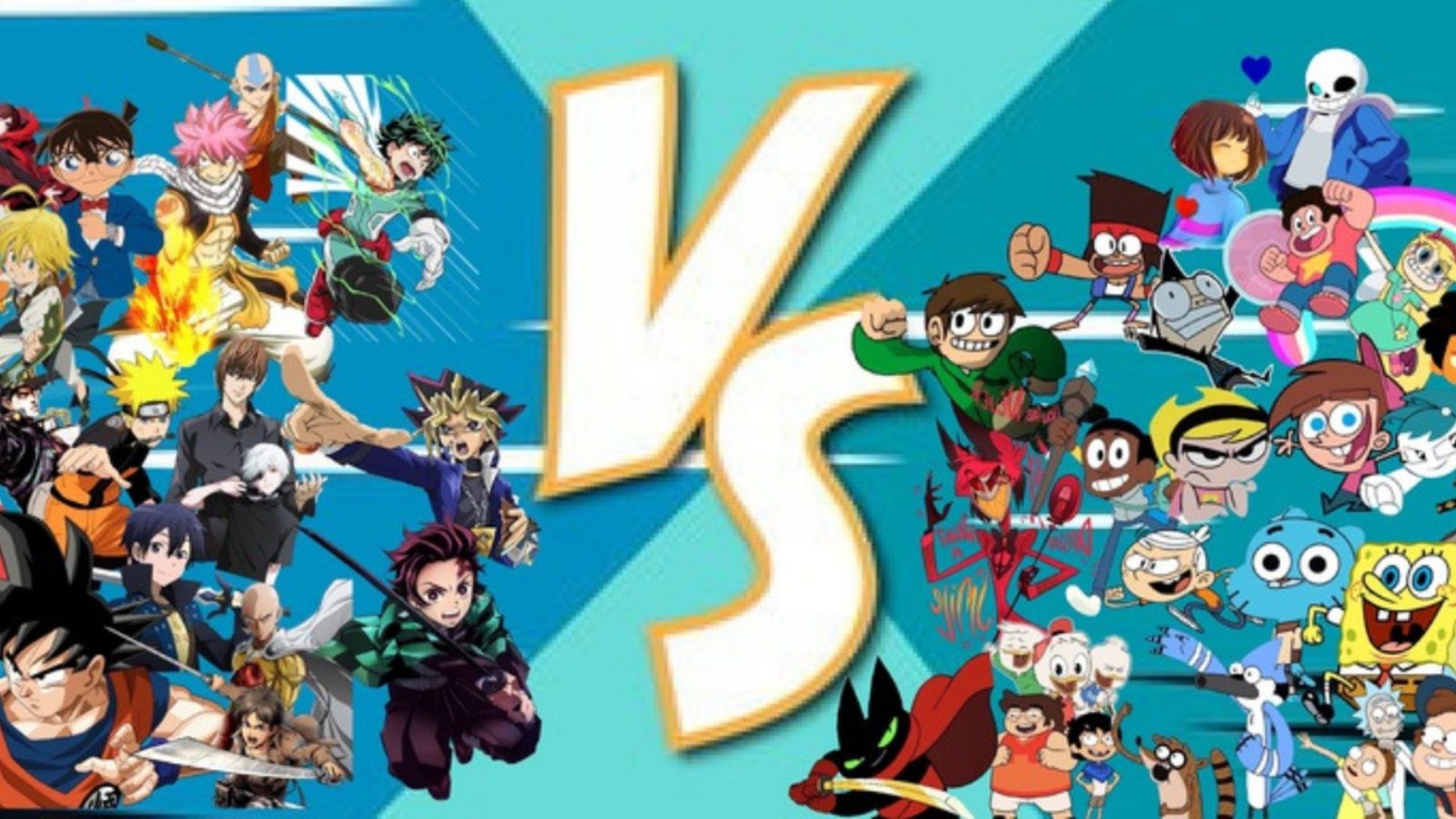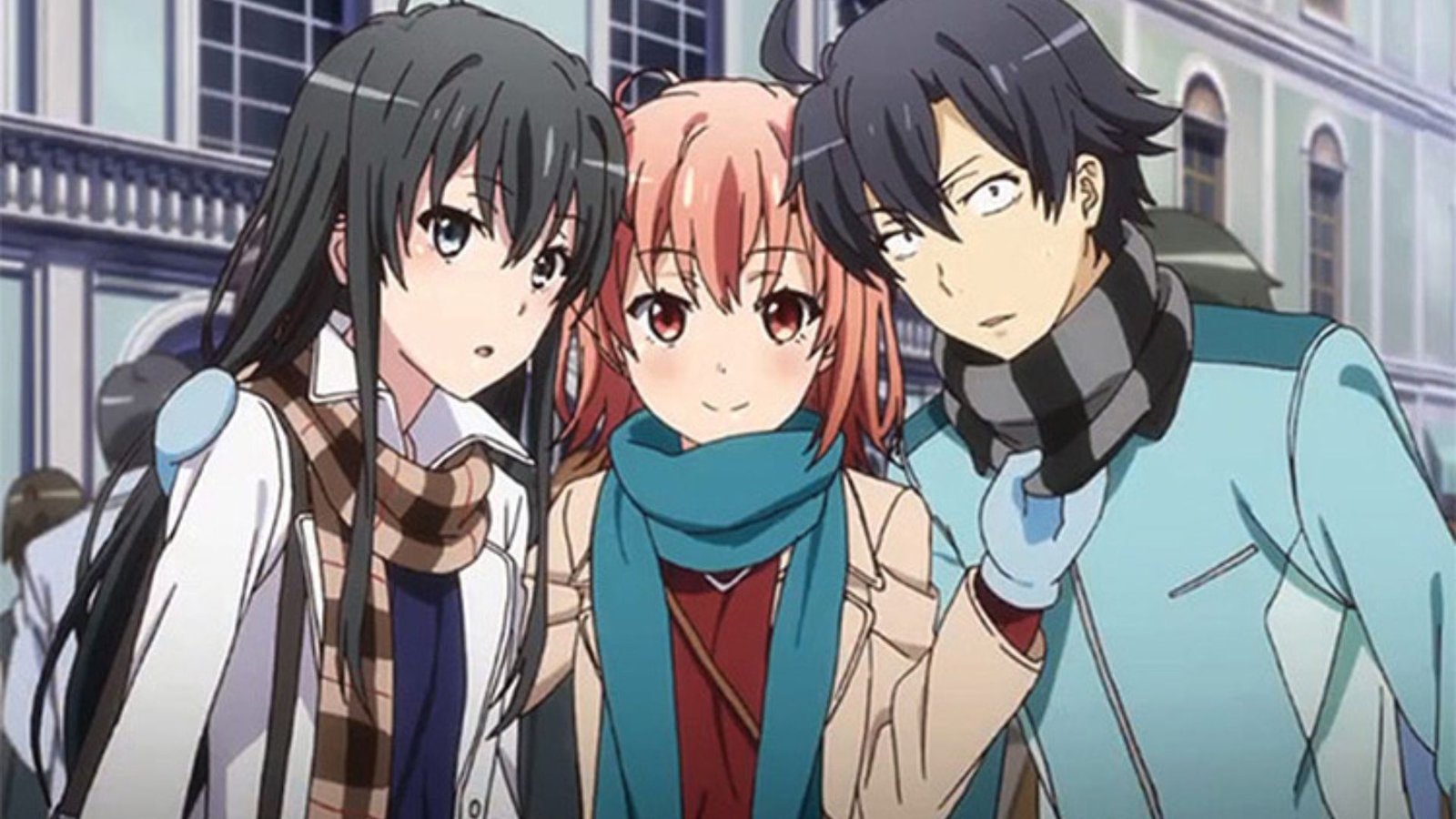Animation has become a global phenomenon, enjoyed by audiences of all ages and from all walks of life. However, when it comes to Japanese anime and Western animation, there are distinct differences in style, storytelling, and cultural influence. While both forms of media share the medium of animation, their approaches are often vastly different. This article explores the key differences between Japanese anime and Western animation, shedding light on their unique characteristics and what makes each special.

Art Style and Animation Techniques
Japanese Anime: Detailed and Expressive
One of the most noticeable differences between anime and Western animation is the art style. Japanese anime tends to feature highly stylized characters with large, expressive eyes, intricate backgrounds, and dynamic facial expressions. The animation style can range from highly detailed and realistic to minimalistic and exaggerated, often depending on the tone of the story.
- Character Design: Characters in anime are typically drawn with sharp features and expressive eyes. Their exaggerated emotions are often conveyed through specific visual cues, such as sweat drops, blushes, or sharp angles.
- Animation Techniques: While many anime series use fluid animation, some anime employ a method called “limited animation,” where only certain parts of the character move at any given time. This allows for greater focus on dialogue and atmosphere without needing high levels of frame-by-frame animation.
Western Animation: Simple and Cartoonish
In contrast, Western animation tends to use more simplified character designs and a broader range of visual styles, depending on the intended audience and genre. Characters often have exaggerated proportions, with larger-than-life features designed to evoke humor or action.
- Character Design: Western animated characters can vary widely in style, from the exaggerated cartoonish forms of Looney Tunes to the more realistic designs in films like The Incredibles. However, characters typically have more angular or rounded features compared to anime.
- Animation Techniques: Western animation often focuses on smooth, full-frame animation, especially in films from major studios like Disney or Pixar. This technique allows for fluid movements, especially in action scenes, and is highly detailed in large-budget productions.
Storytelling and Themes
Japanese Anime: Complex and Diverse
One of anime’s greatest strengths is its ability to tackle a wide range of genres, themes, and emotions. Anime often explores deep philosophical, psychological, and emotional themes, such as identity, existentialism, and human nature, and it appeals to a broad spectrum of viewers, from children to adults.
- Target Audience: While anime can be made for children, many series are aimed at teenagers and adults, with mature themes that might not be present in Western cartoons. Shows like Neon Genesis Evangelion or Ghost in the Shell are known for their complex plots and deep philosophical explorations.
- Cultural Influences: Anime often reflects Japanese culture, values, and societal issues, such as honor, family dynamics, and group mentality. The storytelling is frequently introspective, and themes of personal growth or tragedy are common.
Western Animation: Family-Oriented and Episodic
Western animation, particularly in the United States, has traditionally been viewed as a medium for children’s entertainment. However, with the rise of adult-oriented shows like The Simpsons or Rick and Morty, Western animation has expanded its reach to include more mature themes as well.
- Target Audience: Western animated series, particularly those from major studios like Disney, Pixar, and DreamWorks, often target a family audience, blending humor, adventure, and life lessons that appeal to both children and adults. For example, Toy Story addresses themes of friendship, loss, and self-discovery while being suitable for all ages.
- Cultural Influences: While Western animation is diverse in its themes, it tends to focus more on individualistic narratives. The focus is often on personal growth or community relationships, but with an emphasis on humor and entertainment.
Character Development and Relationships
Japanese Anime: Deep and Multi-dimensional
Anime is known for its well-developed characters who often undergo significant personal growth and struggle with complex inner conflicts. Relationships in anime are not always simple, and the emotional depth of characters is a major draw for many viewers.
- Character Development: In anime, characters can undergo drastic changes over time, influenced by their internal struggles or external circumstances. This allows for rich, multi-layered storytelling. Series like Naruto, Attack on Titan, and Your Name feature deeply emotional character arcs that explore identity, sacrifice, and personal growth.
- Interpersonal Relationships: Relationships in anime often explore more complex dynamics, such as friendships, love, and familial bonds. The relationships are frequently tested in ways that feel realistic, yet can sometimes also incorporate supernatural or fantastical elements.
Conclusion
In the end, both Japanese anime and Western animation bring unique styles and storytelling methods to the table, offering a wide range of experiences for their audiences. While anime tends to be more introspective and explores complex, often mature themes, Western animation has been more associated with family-friendly entertainment and action-oriented plots. However, as both mediums continue to evolve, they are increasingly influencing each other, breaking boundaries, and appealing to a broader range of viewers across the world.











